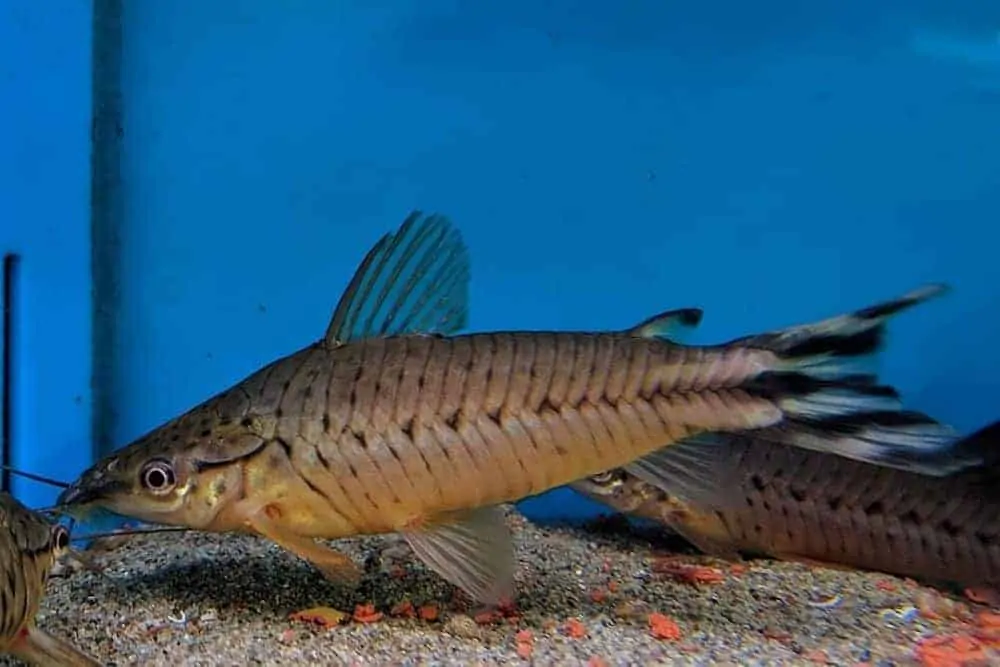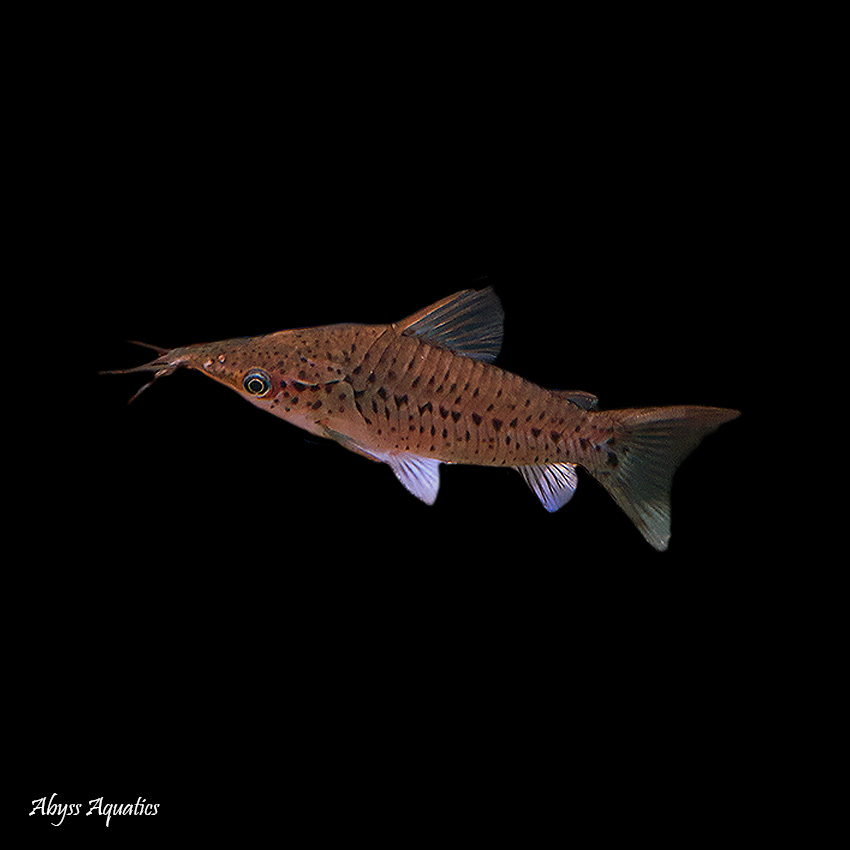

Length-weight relation and the von Bertalanffy growth model parameters were used to evaluate growth and other population parameters. Results suggest that, the opaque and translucent zones of otoliths were formed once per year. Validation of otolith annuli was achieved with marginal increment analysis. A total of 2,183 catfish, were sampled during 1996-2003 from the commercial fishery of the northwestern Orinoco River Basin in Venezuela, and were aged by examination of otoliths. The aim of this study was to obtain age, growth and population parameters of the of tiger shovelnose catfish. tigrinum is the most important catfish species in the Orinoco River fishery, because of its abundance and high market price. The tiger shovelnose catfish (Pseudoplatystoma metaense) identified in literature prior to 2007 as P. In conjunction with field observations and morphological comparisons, we hypothesize that habitat preferences promote size divergence of sisorids.


In total, 20 size-related candidate genes (including two growth modulators: the serine/threonine-protein kinases 3 (AKT3) and adaptor protein 1 (SH2B1), and a crucial pyruvate kinase (PKM2A)) were identified by multiplying comparative analyses along with gene functional screening, which would play major roles in enabling the large body size associated with Bagarius yarrelli and provide new insights into body size evolution. Moreover, differentially expressed genes and positively selected genes revealed that the glycolysis/pyruvate metabolism and cell cycle pathways have also greatly enhanced in this large-sized species. Comparative expressions uncovered a similar functional cluster about ribosome biogenesis was enriched in different tissues of the upregulated genes of Bagarius yarrelli. Approximately 17,000 protein-coding genes were annotated for each of the three fishes, and 9509 genes were identified as high-confidence orthologous gene pairs. Herein, three phylogenetically closely related catfishes from Sisoridae, including one extraordinarily large-sized Bagarius yarrelli and two average-sized Glyptothorax macromaculatus and Oreoglanis setiger, were comparatively studied using RNA-Seq. Body size is one of the most important attributes of a species, but the basic question of why and how each species reaches a different “right size” is still largely unknown.


 0 kommentar(er)
0 kommentar(er)
